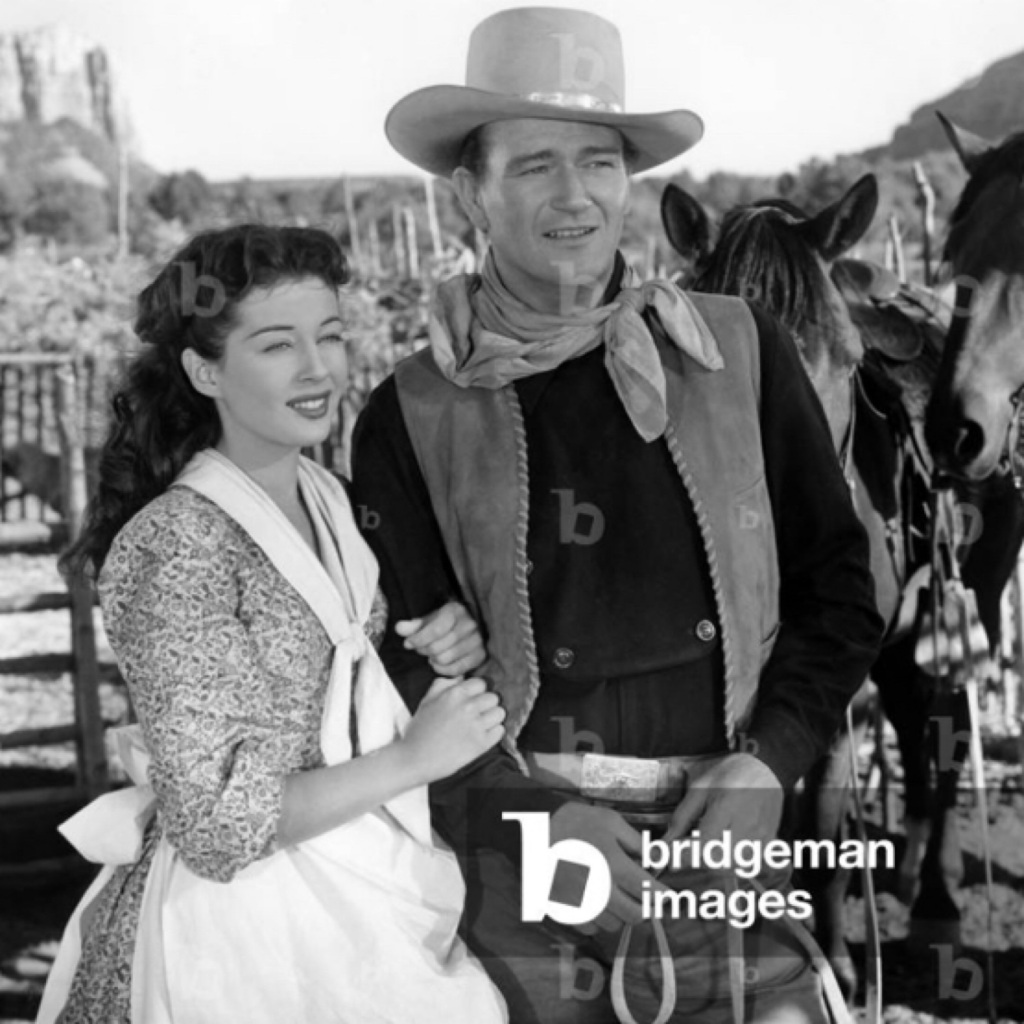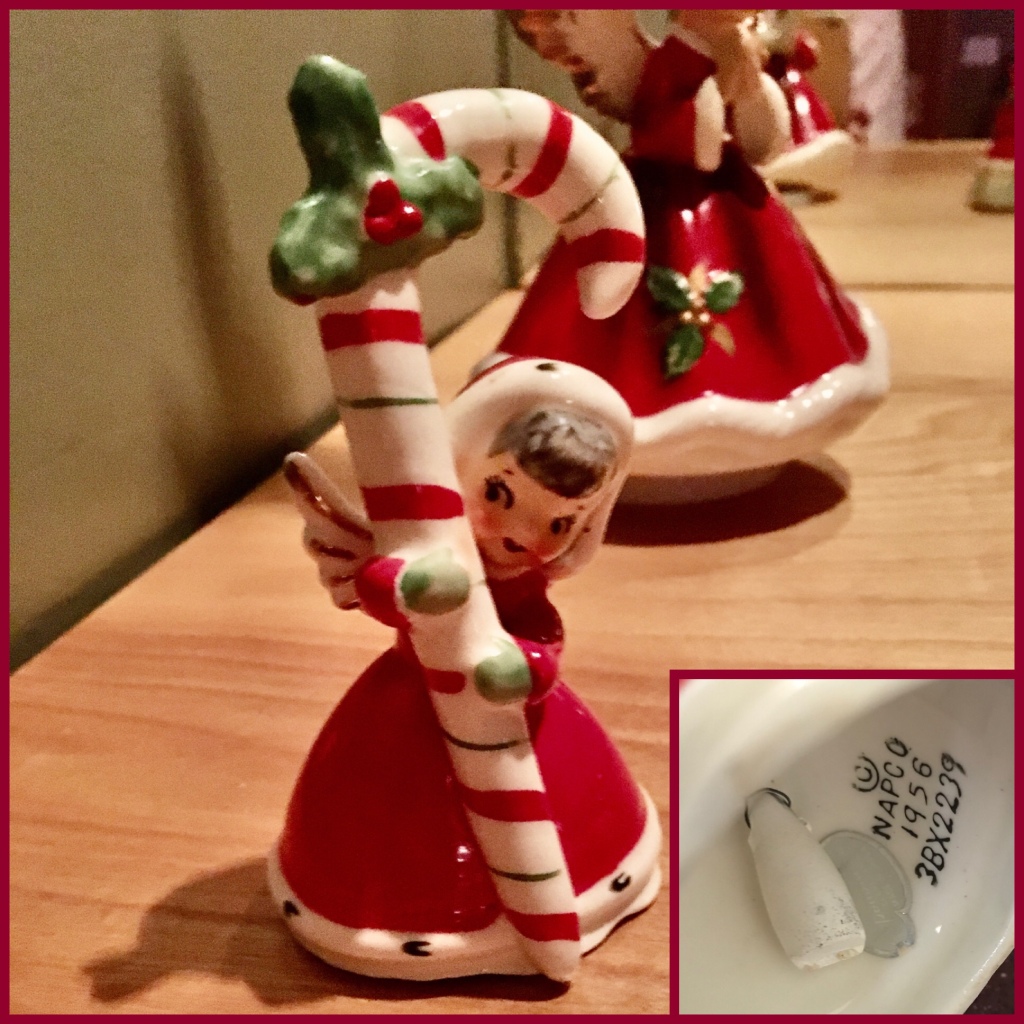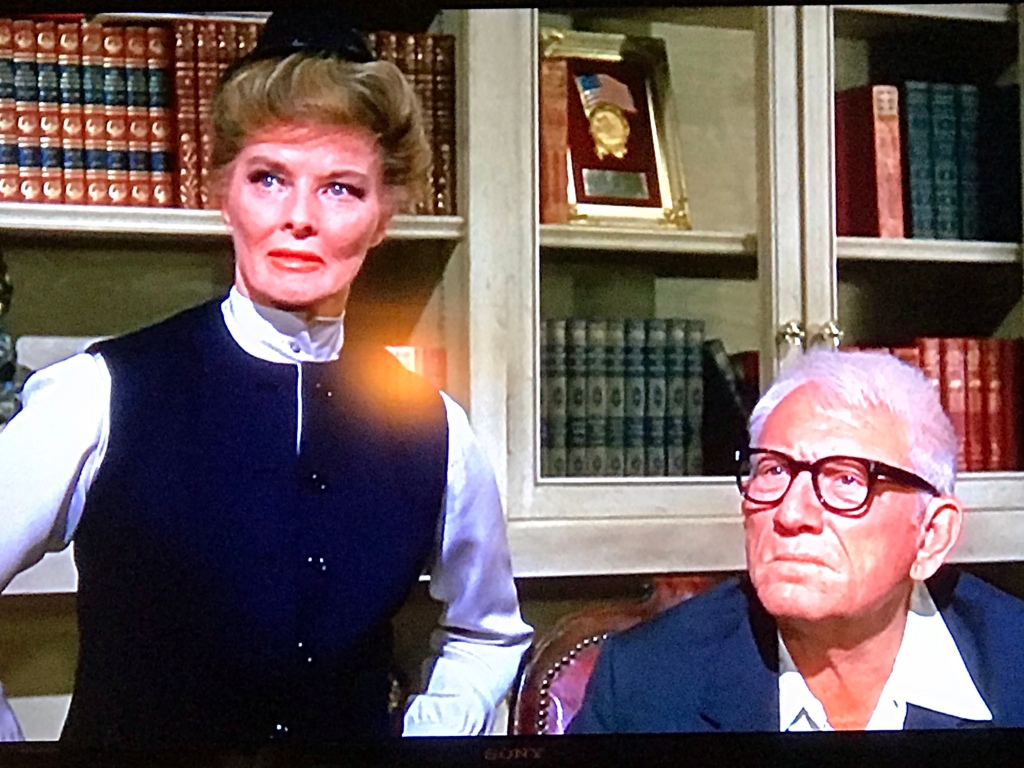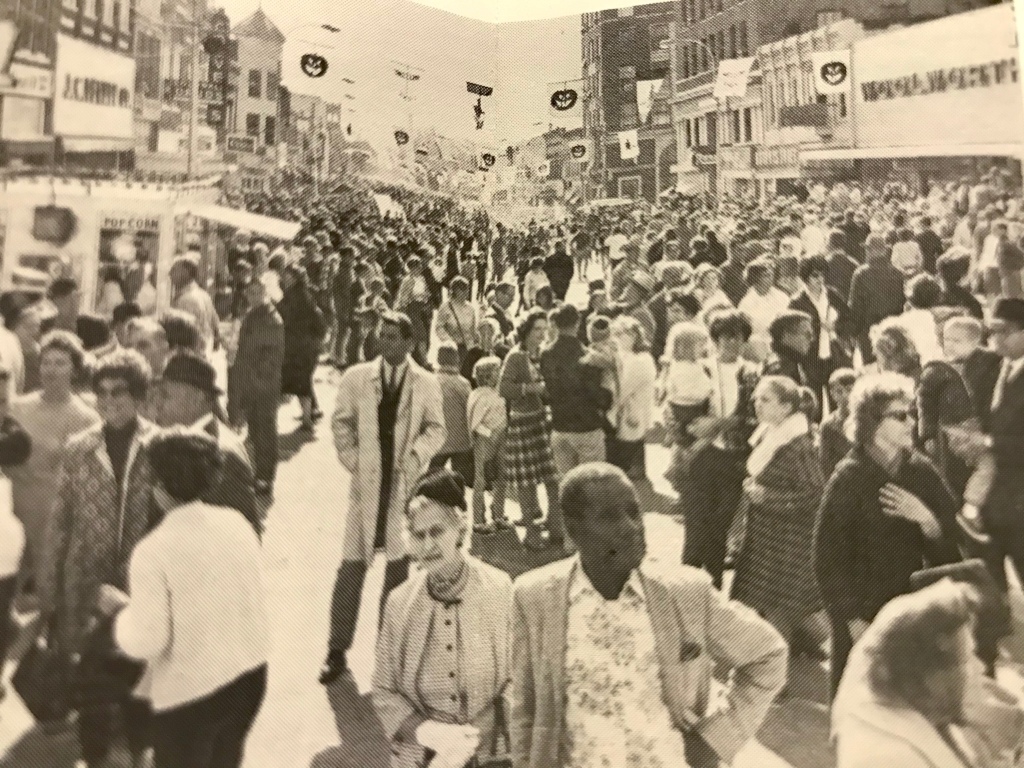By Gail Moore Woltkamp
My parents never really told me that I was named after Gail Russell, but the Golden Era Hollywood starlet was mentioned periodically throughout my childhood as one they both admired. Even in a time of no online perusing, they both knew that Russell had a significant career on the big screen, yet a tragic life cut short.
During conversations while sitting at our kitchen table, Dad would mention,
“You know there was a Hollywood actress named Gail Russell.”
Although this was said to me several times, I never once asked if I was named after her. I’ve always been partial to my parents’ story that they took the first initial of my mom’s first name, Gerry, and the first initial of my dad’s first name, David, for my first and middle names respectively, Gail Diana. However, as much as my dad loved old Hollywood and as much as we watched classic movies together, I can’t help but wonder if Gail Russell was a fleeting thought when time came to give me a name.

I was born in the mid-1960s when the Golden Age of Hollywood was ending. My mom remembered watching The Wizard of Oz in a movie theater as an eight year old, when it was first released in 1939. My dad told stories of “talkies” while growing up in Kansas and Oklahoma and remembered movie screenings for GIs while serving peacetime during WWII.
Motion pictures from all the big-name production studios seemed a big part of their lives. Both were well aware of the public perception of certain movie stars of the 1930s-1960s and Russell was one who stood out for them.
I’m learning that Russell had a pretty tumultuous life. There isn’t anything that I could reveal about her that you could not just look up online, but if you are not familiar with this Golden Era beauty and tragic heroine, there are a few things I found interesting enough to share:
Russell’s birth name was Betty or Elizabeth Gale Russell. After signing with Paramount at age 18, she soon discovered she suffered terribly from stage fright and later started drinking to calm her nerves.
Often paired with big-name leading actors including John Wayne and Alan Ladd, she was known to captivate movie critics with her shy demeanor and classic beauty. In a sad twist, she preferred to spend time alone and longed to be a commercial artist, drawing and sketching throughout her childhood. Her mom, however, had other ideas, heavily pushing her into acting.
Known for Angel And The Badman opposite Wayne, the post war drama Calcutta, opposite Ladd, Our Hearts Were Young and Gay and The Uninvited, Russel’s career spanned 18 years from 1943-1961, and to me, seemed successful. However, based on a newspaper story about her death, the press was not always kind.
As her drinking escalated out of control, one source revealed that she tried to stop many times, adding that Ray Milland and Wayne were fellow actors who treated her respectfully, helping her run lines as she coped with her crippling anxieties.

Photo Credit @Republic Pictures/Diltz/Bridgeman Images
Russell died in 1961 at age 36 from malnutrition and liver damage due to alcoholism. She was found by a neighbor alone at her residence in Brentwood, Los Angeles, CA.
In my eyes her fall from grace was both tragic and unique. Tragic that there were not more voices surrounding her telling her she was loved and finding her the proper help she needed. Unique that she knew exactly what she wanted for her life’s work but did not, or was unable, to pursue it. Tragic that she seemingly suffered through a profession far from what she was comfortable with, ultimately triggering her demise.

Photo of Gail Russell with dog, courtesy of Getty Images.
As someone who has suffered from anxiety, I have a profound appreciation for how she endured the relentless Hollywood spotlight for so long…but sadly, for what? In today’s world, who really gives a rats about industry executives telling you who you are, what you are supposed to look like, which spelling you should use for your name or how you should act.
What is a Golden Era Hollywood Actress’s life worth in years? In Gail Russell’s case the answer is eighteen…half her life.
A few years ago I made my first trip to Hollywood. I took a brisk walk down Hollywood Boulevard’s Walk of Fame and the first star I happened to glance at was hers. How appropriate, I thought. I have never seen her movies, not one. If not for my parents she would have been no more than a mere glimpse on my radar. But now, whether she inspired my first name or not, I’m happy she’s much more than that. 💛⭐️💛

Gail Moore Woltkamp
⭐️⭐️⭐️⭐️⭐️⭐️⭐️⭐️⭐️⭐️⭐️⭐️⭐️⭐️
#GailRussell #Hollywoodboulevard
#BridgemanImages #GettyImages


































